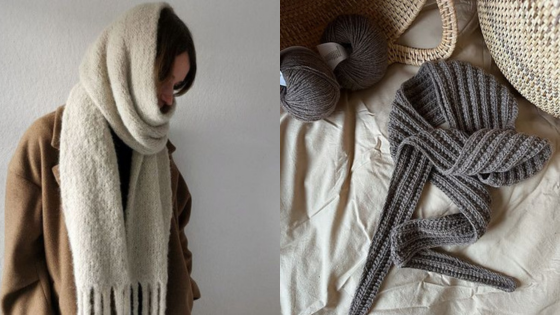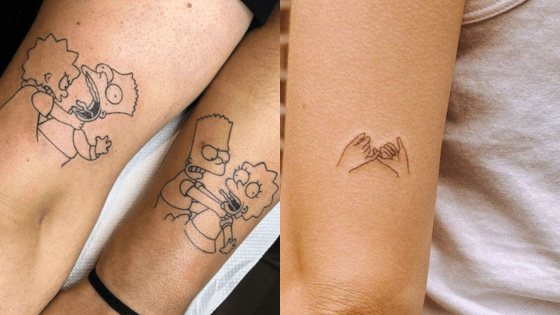Watercolor tattoos are a unique form of body art that merge the vibrancy of watercolor painting with tattoo design. These tattoos utilize bright colors and fluid designs to create a stunning effect that resembles a watercolor canvas on your skin. They stand out from traditional tattoo styles, making them a popular choice for those looking to express their creativity and individuality.
When considering a watercolor tattoo, it’s important to think about the design and symbolism behind your choice. Artists often use techniques that mimic the brushstrokes and splashes of watercolor paintings, resulting in a fresh and modern appearance. This method requires skilled execution to achieve the desired look and ensure longevity, as watercolor tattoos can fade over time.
Choosing the right artist is crucial since not all tattooists have experience with this technique. You should seek someone who specializes in watercolor styles and can work with you to customize a design that reflects your personality and interests.
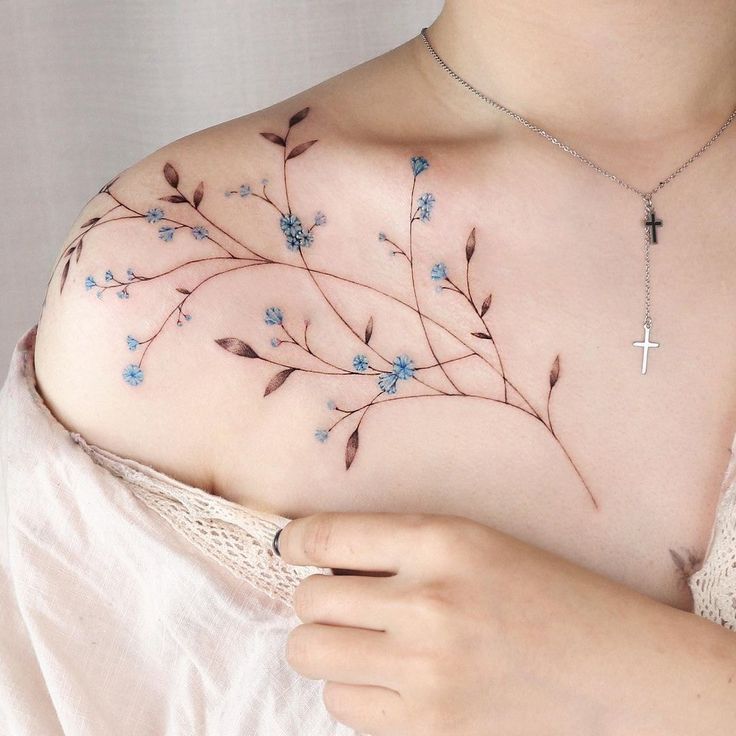
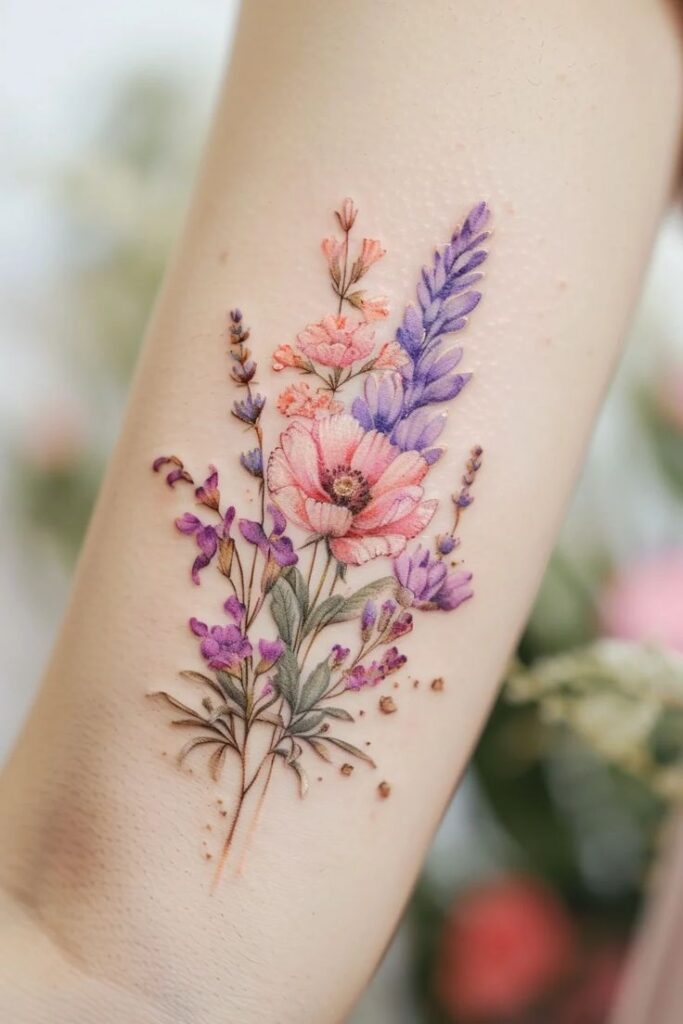
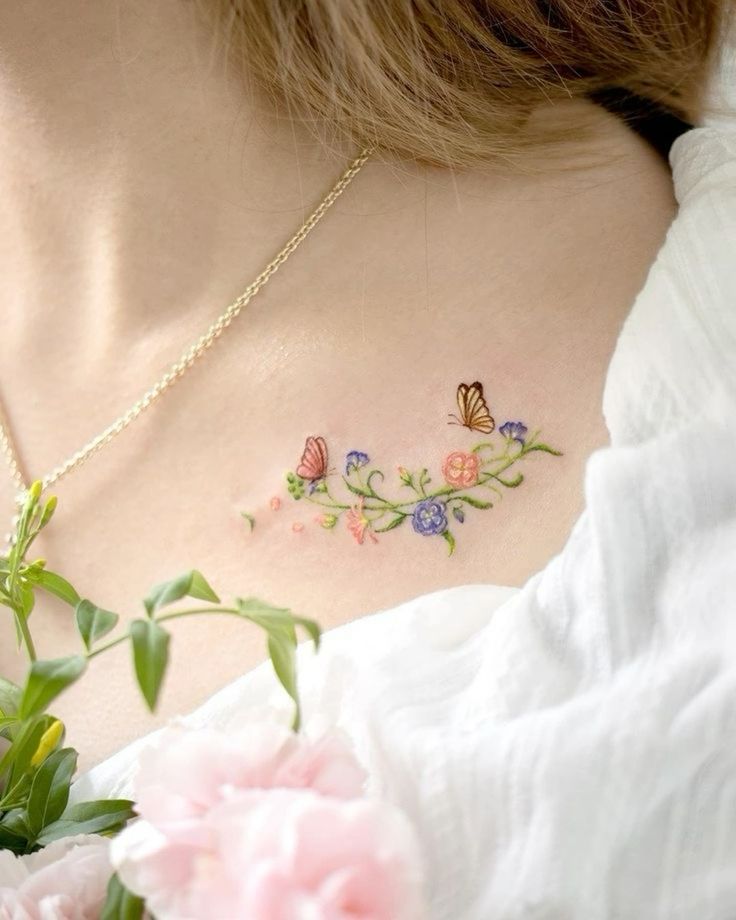
Key Takeaways
- Watercolor tattoos feature vibrant colors and fluid designs that mimic painting.
- Design and symbolism are essential to creating a meaningful tattoo.
- Selecting the right artist ensures quality execution of your chosen design.
Understanding Watercolor Tattoos
Watercolor tattoos are known for their vibrant and fluid appearance. This style uses a unique technique that distinguishes it from traditional tattooing methods, emphasizing bright colors and the absence of black outlines.
History and Evolution of Watercolor Style
Watercolor tattoos first gained popularity in the early 2000s. Artists sought to break from conventional tattoo design, experimenting with painting techniques to evoke a more artistic flair on skin. This innovation drew inspiration from the watercolor painting technique, characterized by the blending of colors and fluid brush strokes.
Initially, artists struggled to adapt this style to the permanence of tattoos. As tattoo technology improved, so did the ability to render these vibrant colors effectively. Today, watercolor tattoos continue to evolve with new techniques, allowing for greater creativity and individual expression.
Defining Characteristics of Watercolor Tattoos
Watercolor tattoos stand out due to their vibrant colors and lack of a traditional black outline. Instead of a defined structure, the colors blend naturally, resembling a painting.
Key features include:
- Brush Stroke Effect: The tattoos mimic the appearance of brush strokes, enhancing the artistic quality.
- Layering of Colors: Different hues are layered to create depth and dimension.
- Fluid Designs: Designs often incorporate splashes and gradients, contributing to a freeform look.
This style can be used for a range of subjects, from abstract designs to nature-inspired themes. The results are visually stunning and often evoke an emotion or theme, enhancing the personal significance of the tattoo.
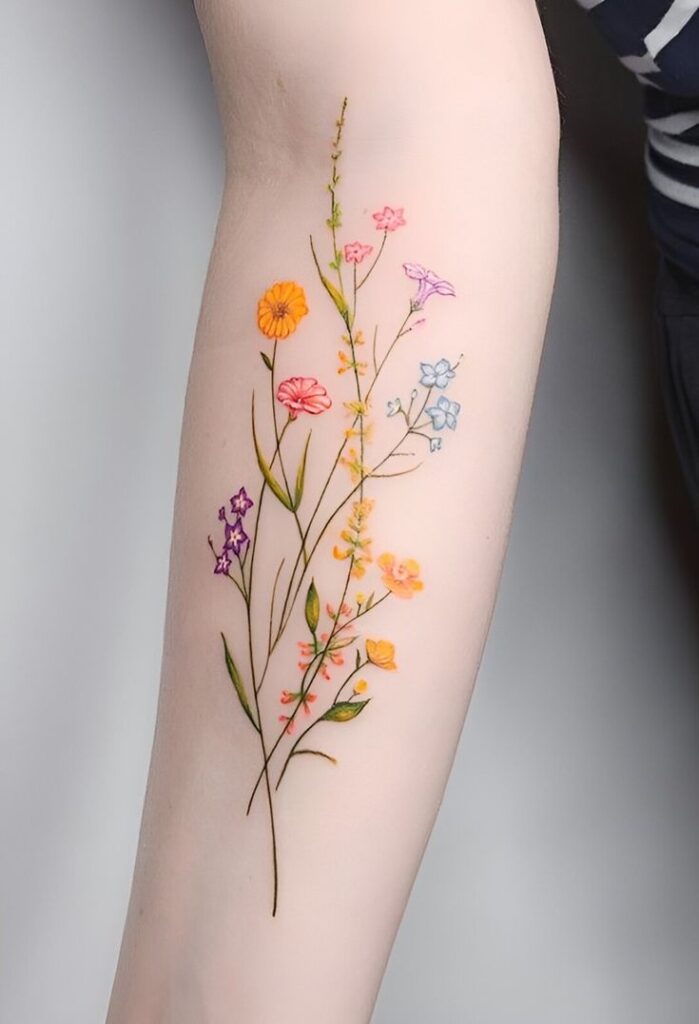
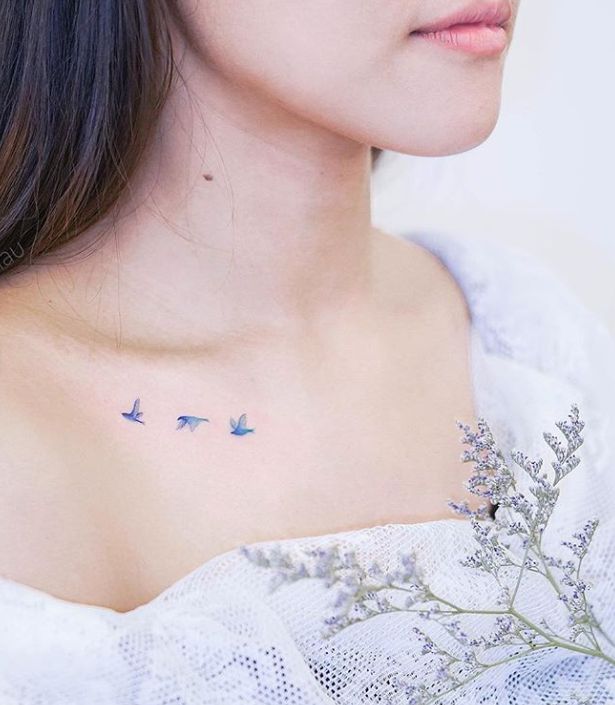
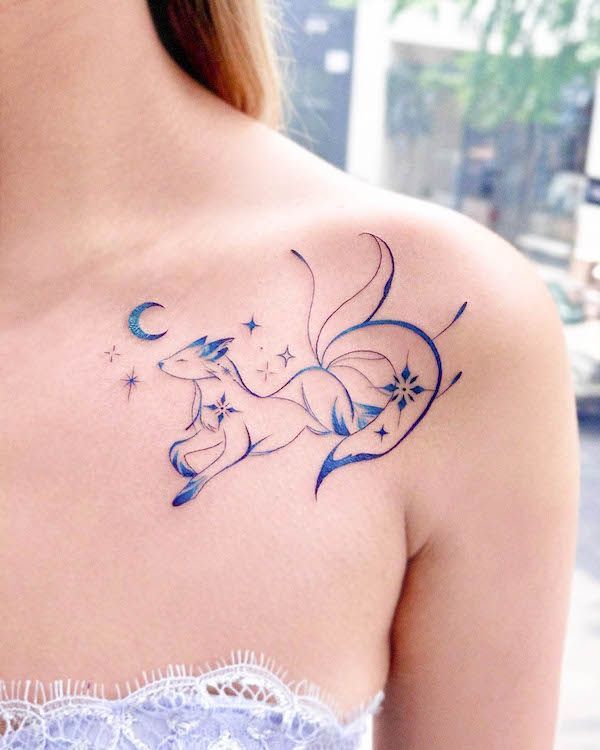
Designs and Symbolism
Watercolor tattoos blend artistry with personal meaning, making them a popular choice for many. This style incorporates vibrant colors and fluid designs, often inspired by various motifs and abstract concepts. Understanding these elements can enhance your appreciation of this tattoo form.
Popular Motifs and Their Meanings
Watercolor tattoos often feature motifs like flowers, animals, and celestial bodies. Each design carries its own symbolism. For instance, flower tattoos represent beauty and growth, while a watercolor butterfly tattoo symbolizes transformation and freedom.
- Lotus: Represents purity and enlightenment.
- Feather: Associated with freedom and spirituality.
- Waves: Symbolic of change and stability.
These motifs allow for personal expression, connecting you to the aspects of life that resonate deeply. Each choice contributes to a tattoo’s narrative, making it unique to you.
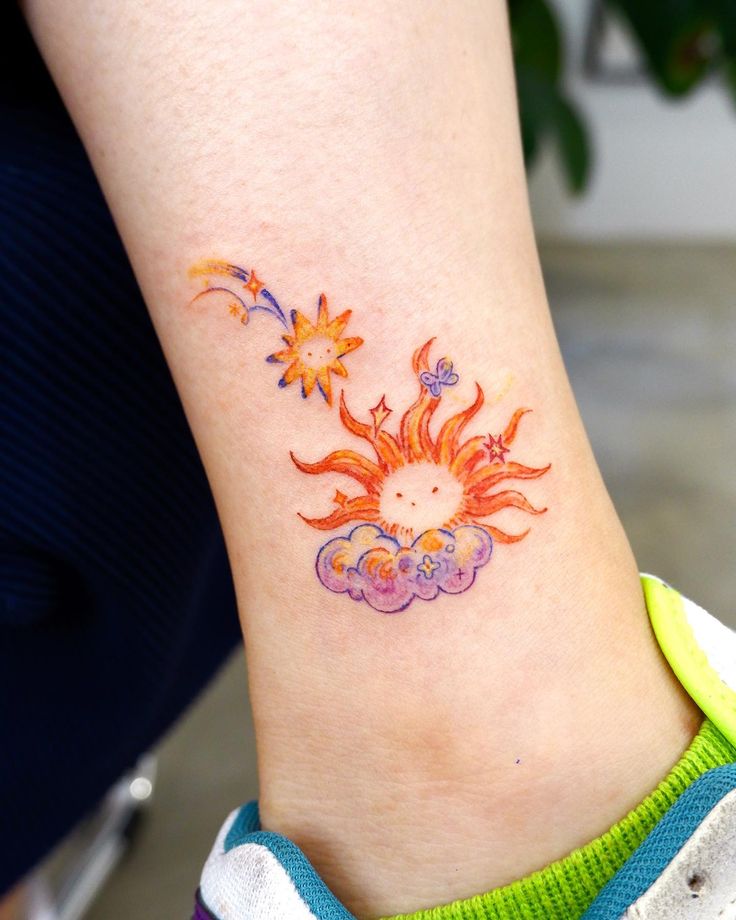
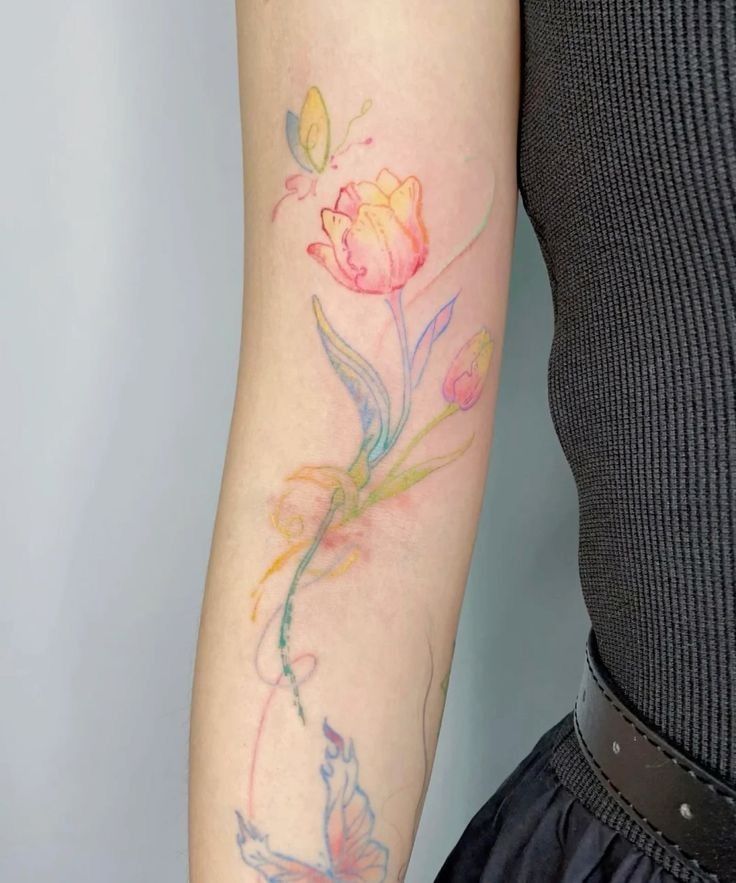
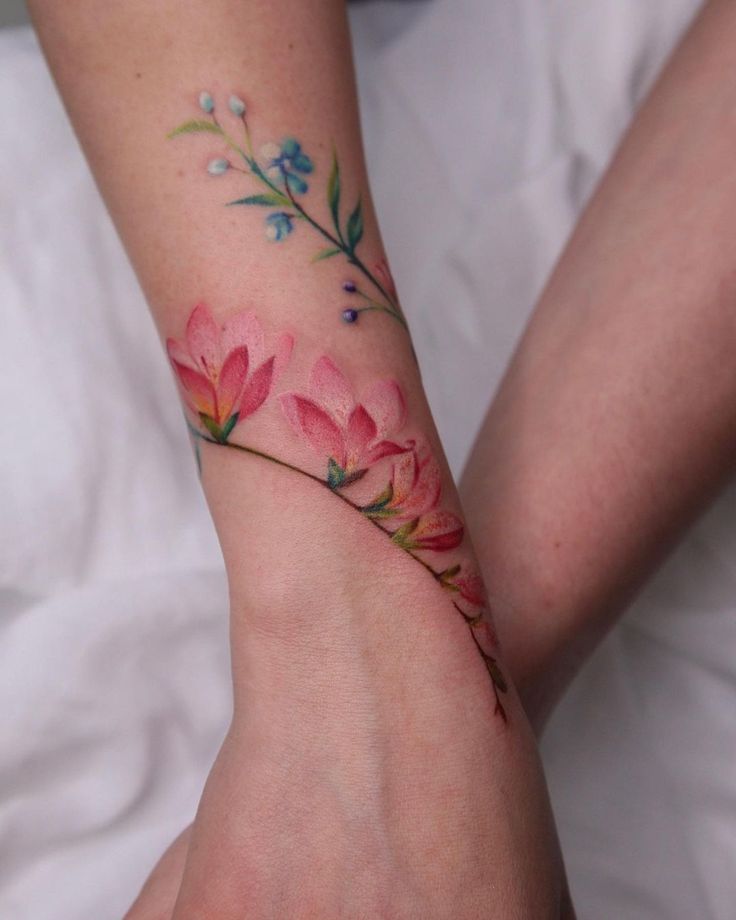
Abstract Designs and Fine Art Inspirations
The abstract nature of watercolor tattoos draws inspiration from fine art techniques. Artists use brush-like strokes and color blending that mimic paintings, creating a fluid, dynamic effect on the skin. This style emphasizes freedom and movement, allowing for an expressive canvas.
- Color splashes: Often symbolize spontaneity and creativity.
- Geometric shapes: Bring structure, suggesting balance amidst chaos.
This artistic approach enables you to wear a piece of art with deep meaning. Abstract designs in watercolor can evoke emotions, making them a compelling choice for many.
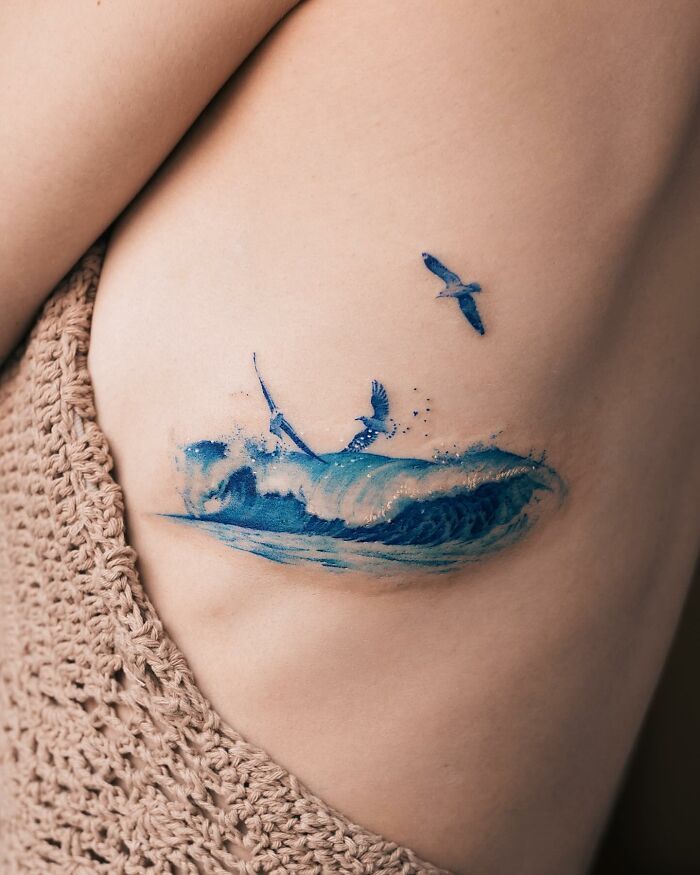
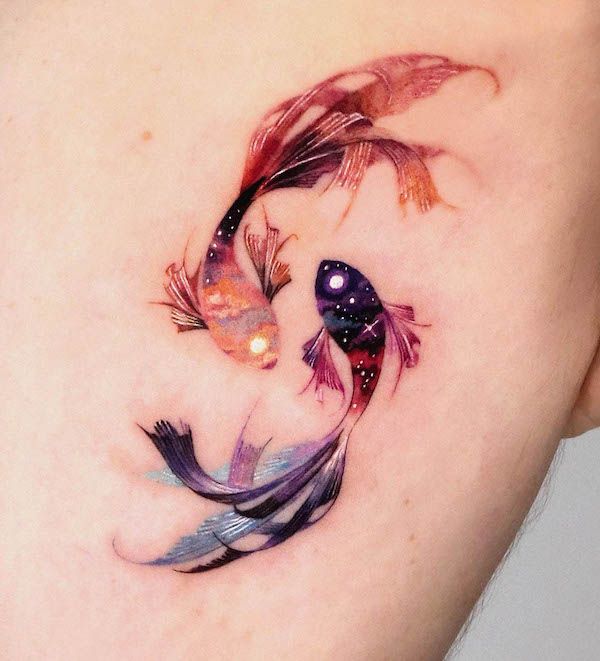
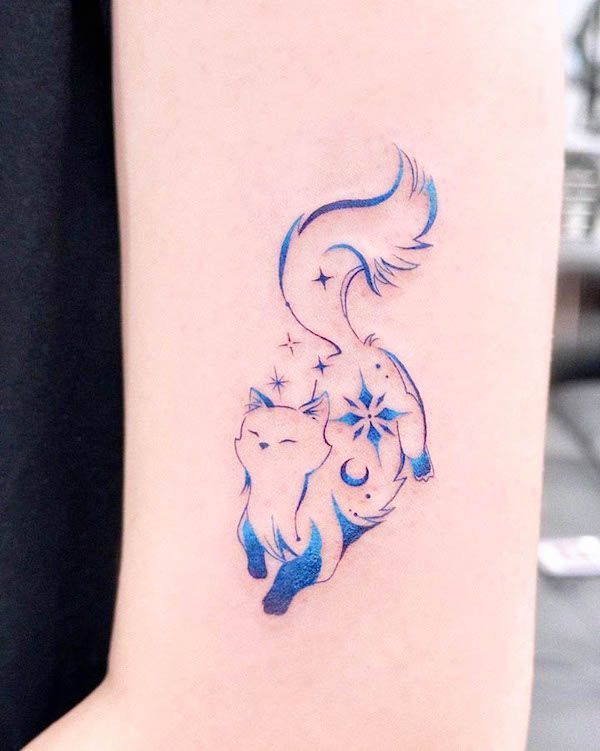
Techniques and Execution
The creation of watercolor tattoos involves a unique blend of techniques and styles that set them apart from traditional tattoos. Understanding these methods will provide insight into how artists achieve vibrant and flowing designs on the skin.
The Artistic Technique Behind Watercolor Tattoos
Watercolor tattoos draw inspiration from the fluidity of watercolor painting. Artists use specific tattoo techniques to simulate the brush strokes and soft color transitions found in traditional artwork.
In this process, pigments are layered to create depth and luminosity. Rather than the crisp lines typical of conventional tattoos, these designs often feature softer edges. Techniques like “blending” and “splashing” help to mimic the spontaneity of paint on canvas.
Prominent watercolor tattoo artists, such as Amanda Wachob, employ various needle configurations to achieve this effect. They focus on developing a color palette that blends seamlessly, using lighter shades to build a layered aesthetic that adds to the overall impact.
Role of Black Outlines in Watercolor Tattoos
Black outlines have a nuanced role in watercolor tattoos. While many watercolor designs aim for a softer, ethereal look, careful use of black outlines can provide essential structure.
These outlines help define specific elements within the tattoo, offering contrast to the vibrant colors. This technique enhances visibility and makes complex designs more legible.
Some artists choose to incorporate minimal outlines, while others may use more pronounced lines for emphasis. Balancing these elements is crucial for achieving the desired effect. You may notice that the use of black varies widely among artists, highlighting their unique styles and visions for their work.
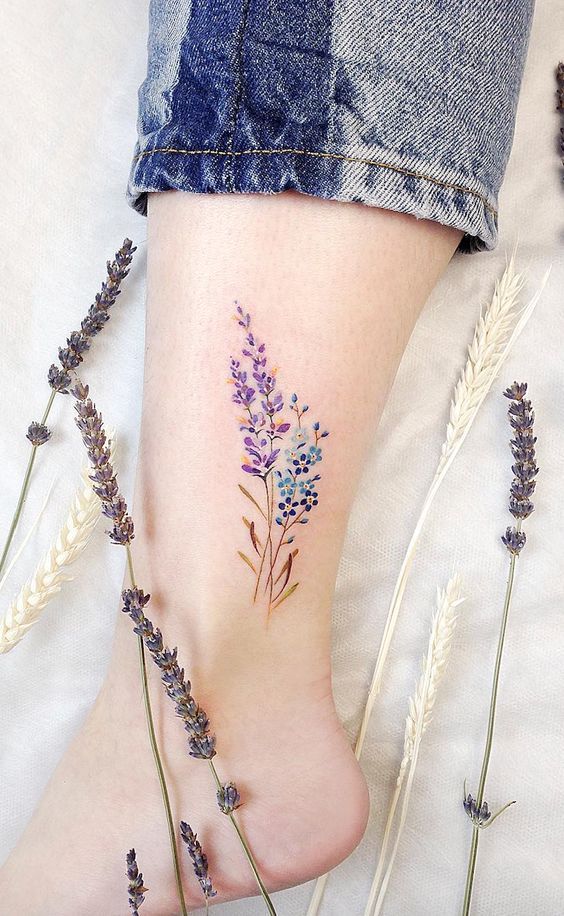
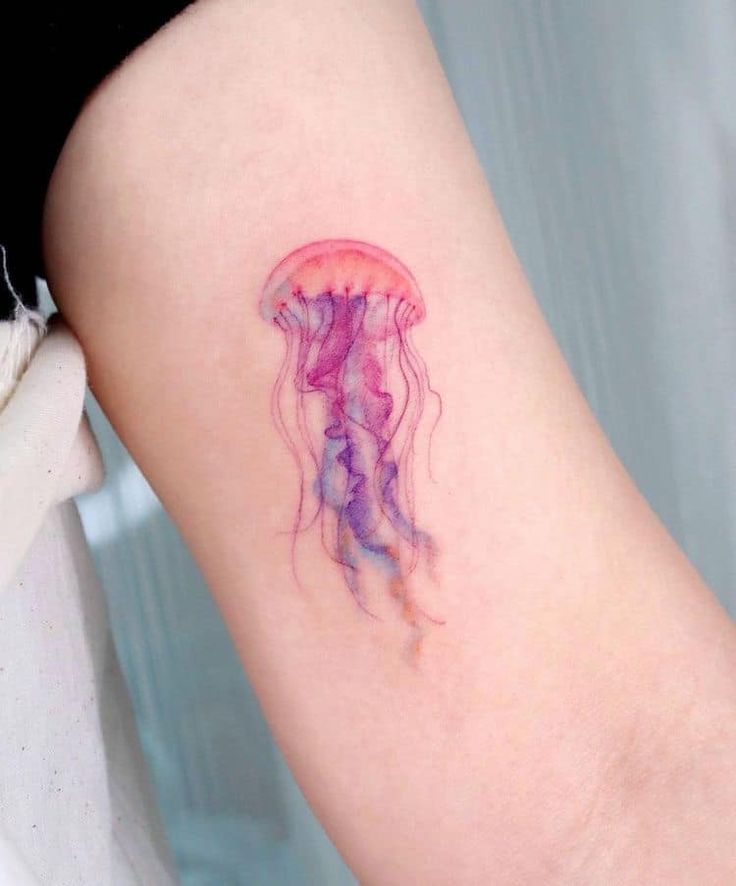
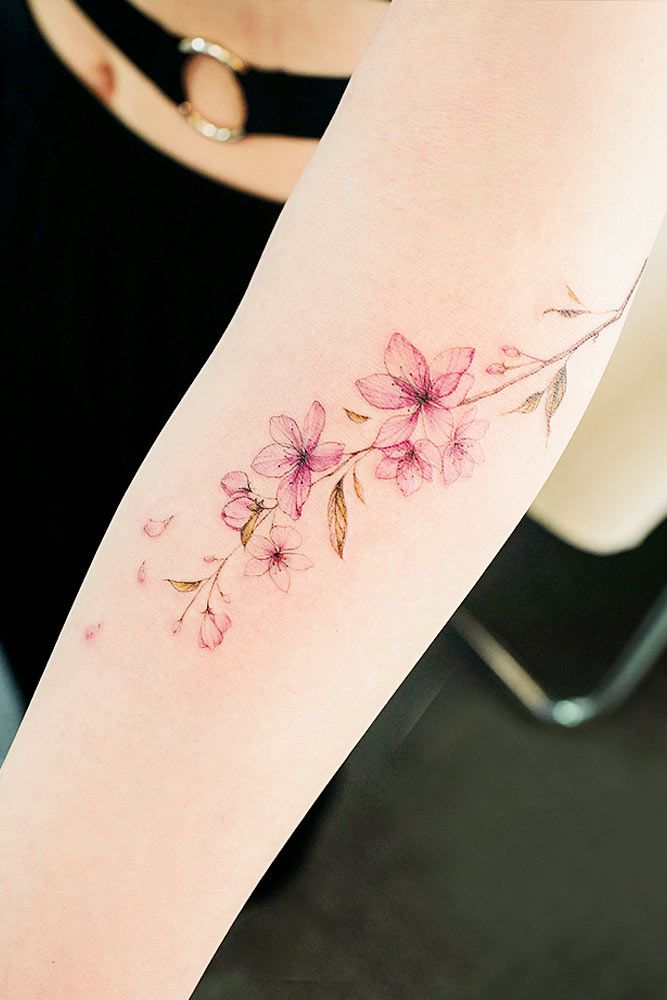
Choosing Your Watercolor Tattoo
Selecting a watercolor tattoo involves careful consideration of both the artist and long-term care. Understanding the unique aspects of this style will help you make informed choices.
Selecting the Right Tattoo Artist
Finding an experienced tattoo artist is crucial for achieving a successful watercolor design. Look for artists who specialize in this style, as watercolor tattoos require a different technique compared to traditional tattoos. Review their portfolio to assess their previous work, checking for vibrant colors, blending techniques, and overall design quality.
Don’t hesitate to ask questions about their approach to watercolor tattoos. Discuss specific ideas, such as butterfly tattoos or abstract designs, and gauge their enthusiasm and understanding. Word-of-mouth recommendations can also guide you to skilled artists. Remember to prioritize your comfort, so visit the studio to ensure a clean and professional environment.
Caring for a Watercolor Tattoo Over Time
Proper aftercare is essential for preserving the beauty of your watercolor tattoo. Immediately after getting the tattoo, follow the artist’s aftercare instructions closely. Typically, this includes keeping the area clean and moisturized while avoiding direct sunlight.
Use a gentle, fragrance-free soap for the first few weeks. Apply a thin layer of an unscented lotion to maintain moisture. Avoid soaking the tattoo in water, such as in baths or pools, for at least two weeks.
As time passes, touch up faded areas if necessary. UV protection is particularly important for watercolor tattoos, as colors can fade quicker than traditional tattoos. Consider using sunscreen when exposed to sunlight to help retain vibrancy.
- 1share
- Facebook0
- Pinterest1
- Twitter0

